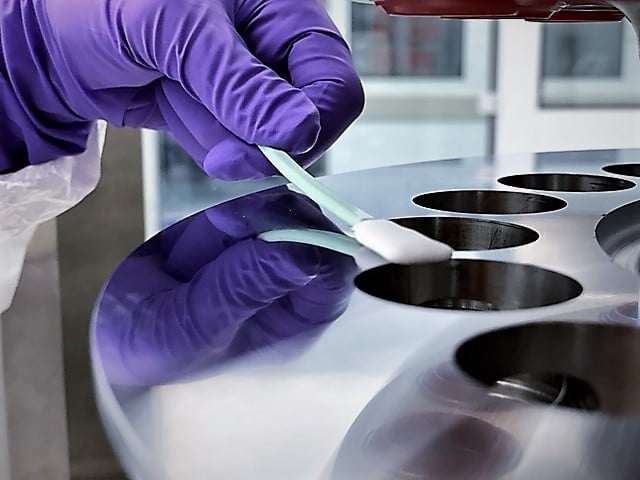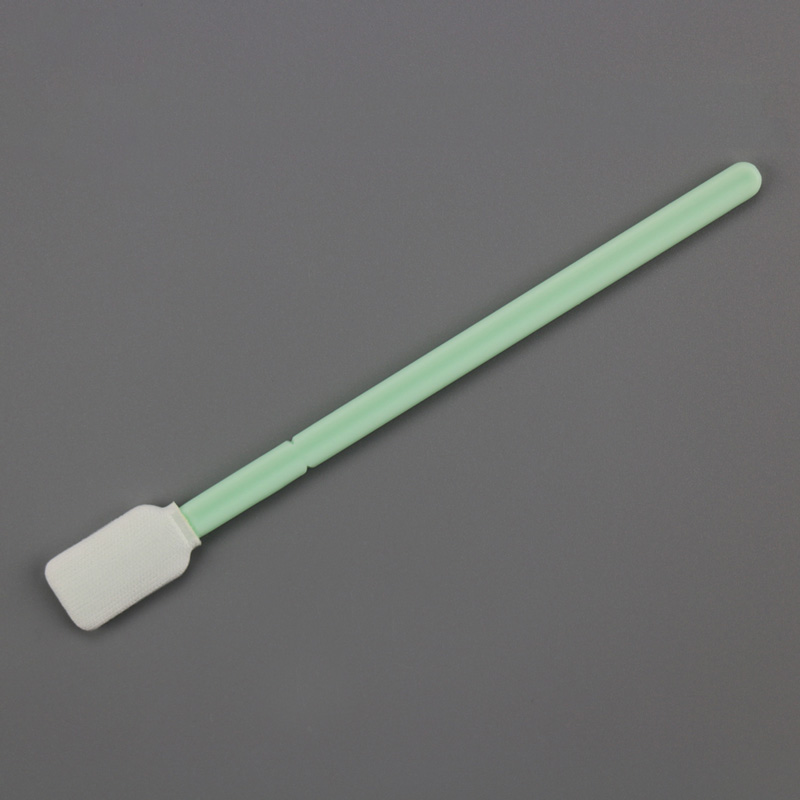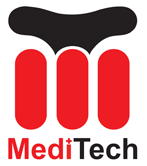Cleaning validation is an essential process in the pharmaceutical and biotech industries to ensure that equipment and facilities are free from any residues of previous products, detergenti, or microorganisms that could contaminate the next batch. Sampling is a critical step in cleaning validation, as it allows the detection and quantification of any residual substances on surfaces, in rinse water, or in swabs. In questo articolo, we will discuss the basics of sampling for cleaning validation, including the types of samples, sampling methods, and analytical techniques.

Types of Samples
There are three main types of samples that can be collected during cleaning validation:
1. Surface samples: These are taken from the equipment surfaces after cleaning and can be collected using tamponi, salviette, or rinses. Surface sampling is the most common type of sampling in cleaning validation, as it provides direct evidence of the cleanliness of the equipment.
2. Rinse samples: These are collected from the rinse water used to clean the equipment and can be used to detect any soluble residues that may have been missed by surface sampling.
3. Swab samples: These are taken from hard-to-reach areas or equipment surfaces with complex geometries that cannot be easily sampled with wipes or rinses. Swab sampling is a more invasive method that involves rubbing a sterile swab over the surface and then extracting any residual substances from the swab.
Tampone di validazione della pulizia meditech:

Sampling Methods
There are several sampling methods that can be used in cleaning validation, depending on the type of sample and the equipment being sampled. Some of the most common sampling methods include:
1. Direct surface sampling: This involves wiping a sterile swab or wipe over the surface of the equipment and then extracting any residual substances from the swab or wipe.
2. Indirect surface sampling: This involves placing a sterile swab or wipe in a small amount of rinse water and then wiping the equipment surface with the swab or wipe. The rinse water is then analyzed for any residual substances.
3. Rinse sampling: This involves collecting a small amount of rinse water from the equipment and then analyzing it for any soluble residues.
4. Swab sampling: This involves rubbing a sterile swab over the equipment surface and then extracting any residual substances from the swab.
Analytical Techniques
Once the samples have been collected, they need to be analyzed to determine the presence and amount of any residual substances. There are several analytical techniques that can be used for cleaning validation, Compreso:
1. High-performance liquid chromatography (HPLC): This technique is used to separate, identify, and quantify the components of a sample based on their chemical properties.
2. Gas chromatography (GC): This technique is used to separate, identify, and quantify the components of a sample based on their volatility.
3. Fourier transform infrared spectroscopy (FTIR): This technique is used to identify the chemical composition of a sample based on its absorption of infrared radiation.
4. UV-Vis spectroscopy: This technique is used to measure the absorption or transmission of light by a sample in the ultraviolet or visible regions of the electromagnetic spectrum.
Conclusione
Sampling is a critical step in cleaning validation, as it allows the detection and quantification of any residual substances on surfaces, in rinse water, or in swabs. There are several types of samples, sampling methods, and analytical techniques that can be used in cleaning validation, depending on the equipment being sampled and the type of residue being detected. By ensuring that equipment and facilities are free from any residues, cleaning validation helps to ensure the safety and efficacy of pharmaceutical and biotech products.
 Tamponi in schiuma per camere bianche, Tamponi in poliestere, Produttore di kit per la pulizia della stampante – Meditech
Tamponi in schiuma per camere bianche, Tamponi in poliestere, Produttore di kit per la pulizia della stampante – Meditech